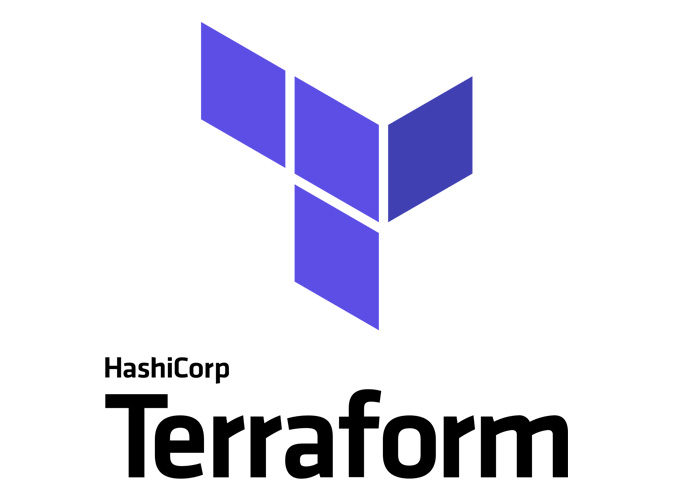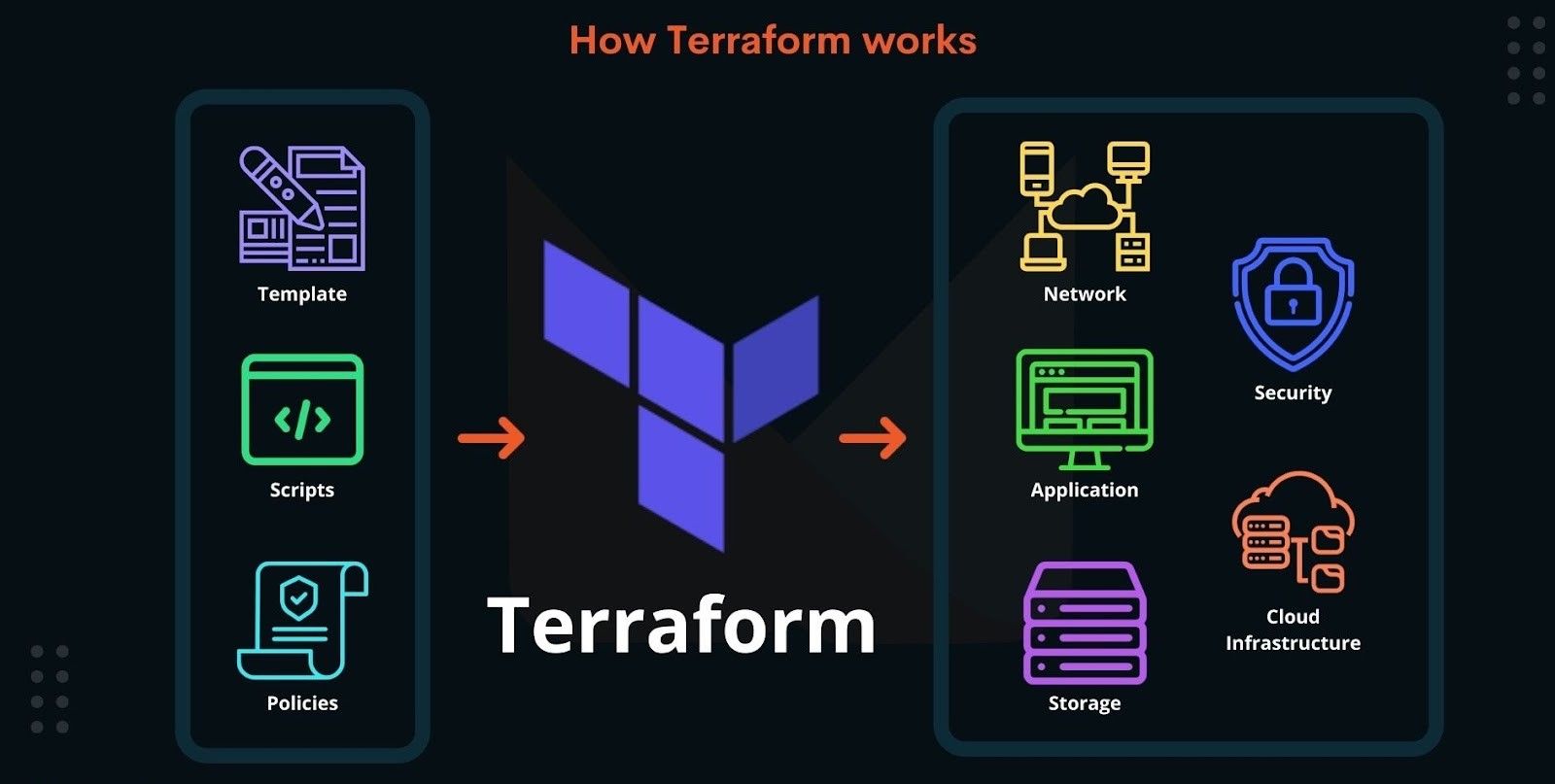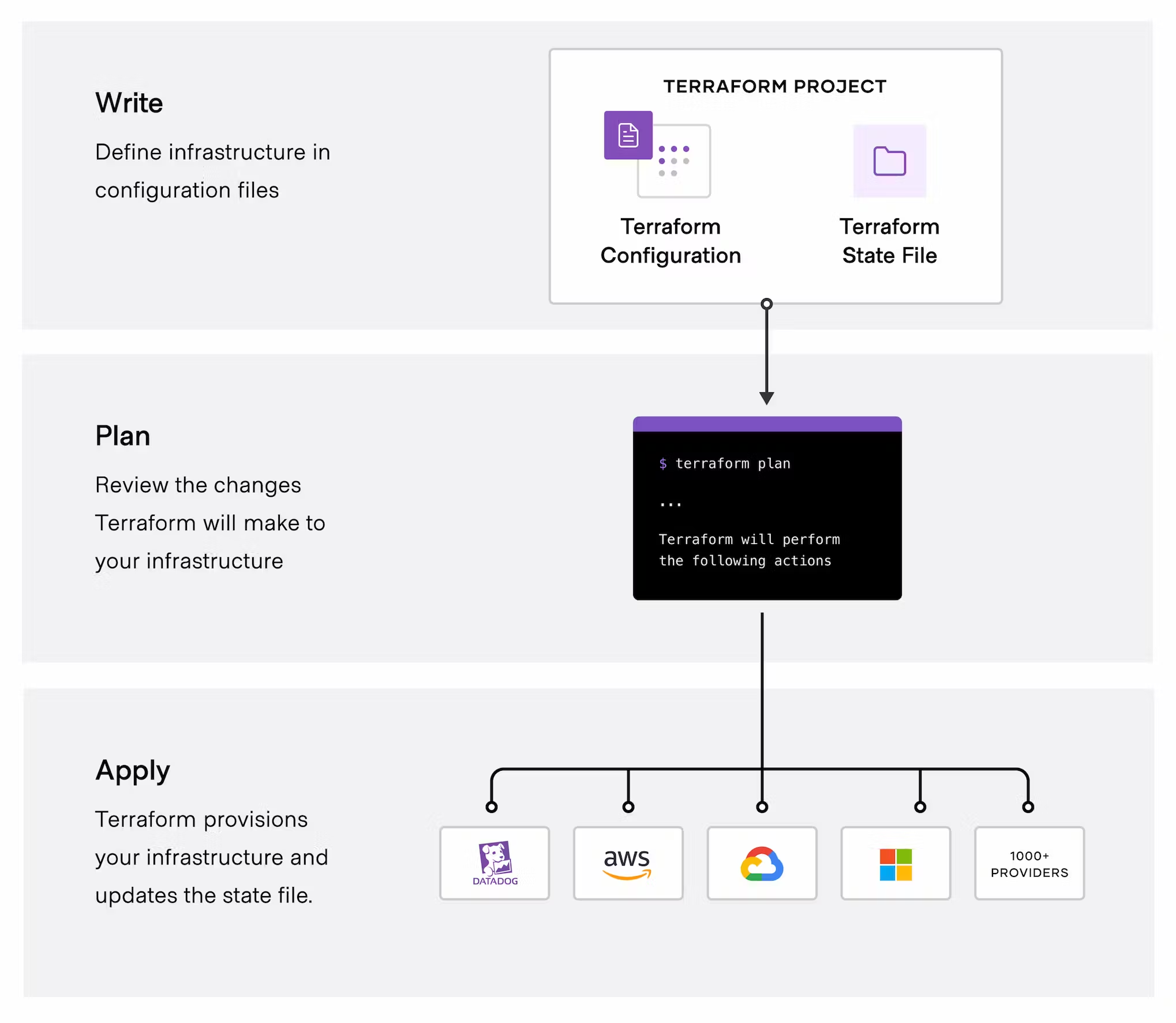Introduction to Infrastructure as Code with Terraform
 Amish Kohli
Amish Kohli
In the ever-evolving landscape of cloud computing and DevOps, the need for efficient and scalable infrastructure provisioning has become paramount. Enter Infrastructure as Code (IaC), a paradigm that transforms manual infrastructure management into a streamlined, automated process. Among the plethora of IaC tools available, Terraform stands out as a robust and versatile solution.
What is Infrastructure as Code (IaC)?
At its core, Infrastructure as Code is a methodology that treats infrastructure as software. This means that instead of manually configuring servers, networks, and other infrastructure components, you define and manage them through code. This code, often written in a declarative language, serves as a blueprint for your entire infrastructure.
The key benefits of IaC include:
Automation: IaC enables the automation of infrastructure deployment and management, reducing the risk of human error and ensuring consistency across environments.
Version Control: Infrastructure code can be versioned and tracked, providing a historical record of changes. This facilitates collaboration among teams and allows for easy rollbacks in case of issues.
Scalability: As your infrastructure needs grow, IaC allows you to scale resources up or down with ease, adapting to changing requirements.
Reproducibility: With IaC, you can recreate identical infrastructure environments across development, testing, and production stages, minimizing discrepancies and improving reliability.

Enter Terraform
Terraform, developed by HashiCorp, is a widely adopted IaC tool known for its simplicity and extensibility. It supports multiple cloud providers and on-premises infrastructure, making it a versatile choice for various scenarios.
Key Features of Terraform:
Declarative Syntax: Terraform uses HashiCorp Configuration Language (HCL), a declarative language that allows you to describe the desired state of your infrastructure.
Resource Providers: Terraform supports a vast array of providers, including AWS, Azure, Google Cloud, and many others. This allows you to manage resources across different cloud platforms using a unified approach.
Execution Plans: Before making any changes to your infrastructure, Terraform generates an execution plan. This plan outlines what actions Terraform will take to achieve the desired state, providing transparency and safety.
State Management: Terraform maintains a state file that keeps track of the current state of your infrastructure. This state file is crucial for understanding what resources are in place and helps Terraform make informed decisions during updates.
Getting Started with Terraform:
1. Installation:
Begin by installing Terraform on your local machine. You can download the latest version from the official Terraform website.
2. Writing Your First Terraform Configuration:
Create a new directory for your Terraform project and initiate a configuration file (usually named main. tf). In this file, define your desired infrastructure using HCL syntax. For example, to create an AWS S3 bucket:
provider "aws" {
region = "us-west-2"
}
resource "aws_s3_bucket" "my_bucket" {
bucket = "my-unique-bucket-name"
acl = "private"
}
3. Initializing and Applying Changes:
Run the following commands in your terminal:
terraform init
terraform apply
Terraform will initialize your project and provide an execution plan. If the plan looks good, confirm the changes, and Terraform will create the specified resources.

4. Destroying Resources:
When you no longer need your resources, run:
terraform destroy
This will safely remove all the resources created by Terraform.
Conclusion:
Infrastructure as Code, powered by Terraform, revolutionizes the way we approach and manage infrastructure. By defining infrastructure through code, teams can achieve greater efficiency, consistency, and collaboration. In the upcoming blog posts, we'll delve deeper into Terraform's features, explore advanced use cases, and uncover best practices for building scalable and maintainable infrastructure.
In the next post, we'll explore the core concepts of Terraform, including providers, resources, variables, and more. Stay tuned for an exciting journey into the world of Infrastructure as Code with Terraform!
Subscribe to my newsletter
Read articles from Amish Kohli directly inside your inbox. Subscribe to the newsletter, and don't miss out.
Written by
